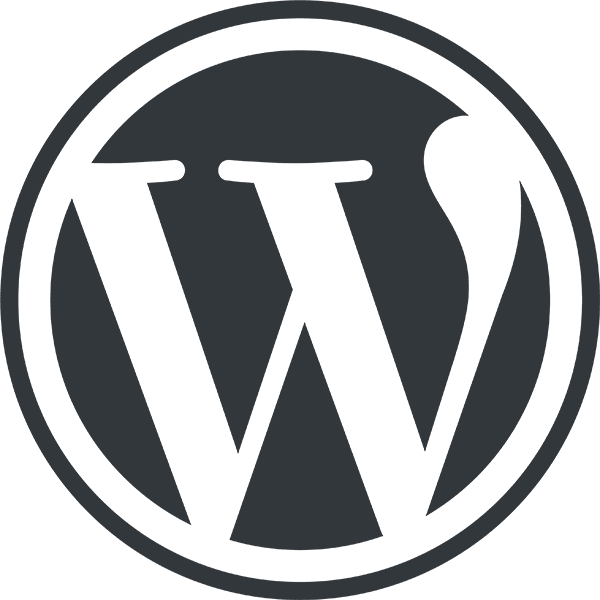OHT Feature Guide – WordPress Block Editor
|
Click play to LISTEN to the article below
|
The WordPress Block Editor is a revision of the WordPress word processor that aims to streamline the publishing process and simplify the act of adding content to your website. In this guide, We’ll walk you through the features of the Block Editor including Blocks, Formatting, and Publishing.
Blocks
The biggest advantage the Block Editor presents is that What You See Is What You Get. This means that your published article will look very similar to the editor’s layout without requiring much additional tweaking to style sheets or HTML.
This is primarily accomplished through the use of “Blocks,” which are individual sections you can add to the page that each has its own built-in formatting. Just click the “+” button at the top of the editor to add a Block to the bottom of the post, or use the “+” at the bottom of any individual Block to add one directly under it.
Once Blocks are added, they can be moved freely throughout the page without requiring any additional copying and pasting. To rearrange a Block, just use the arrows that appear in the top left corner of the Block’s frame, or click and drag it using the grid button located between the movement arrows.
Formatting
You can also change the formatting of a single Block using the menu that appears at the top of each Block or using the panel along the right-hand side of the editor. This can be useful if you want a specific paragraph to be styled differently such as for subheads or annotations.
Other Block types can be added as you write to construct your articles visually instead of constantly trying to tweak formatting. Some commonly used Block types include Images, Quotes, Buttons, and YouTube Videos.
Another useful aspect of the Block is how it handles Links. Hyperlinks can be added simply by pasting them over a highlighted word, removing the hassle of needing to use a link tool. You can also create Anchor Links to link to different sections of the same article, which can be useful for readers navigating long pieces and can increase your article’s SEO.
Publishing
Once you’ve added all of the content to your article, your high-level publishing settings can be adjusted all from the right-hand column. Use the Document tab to view these settings and adjust the article’s Published status, add a Featured Image, and assign Categories and Editions.
These are just the broad strokes of everything you can accomplish with the Block Editor, a tool that can help new digital publishers to visualize their writing and help experienced pros to streamline their publishing process.
- ← OHT Announces “Social Media Marketing for Newspapers” Webinar for April
- Adding color to a block using the Block Editor →


Recent Comments